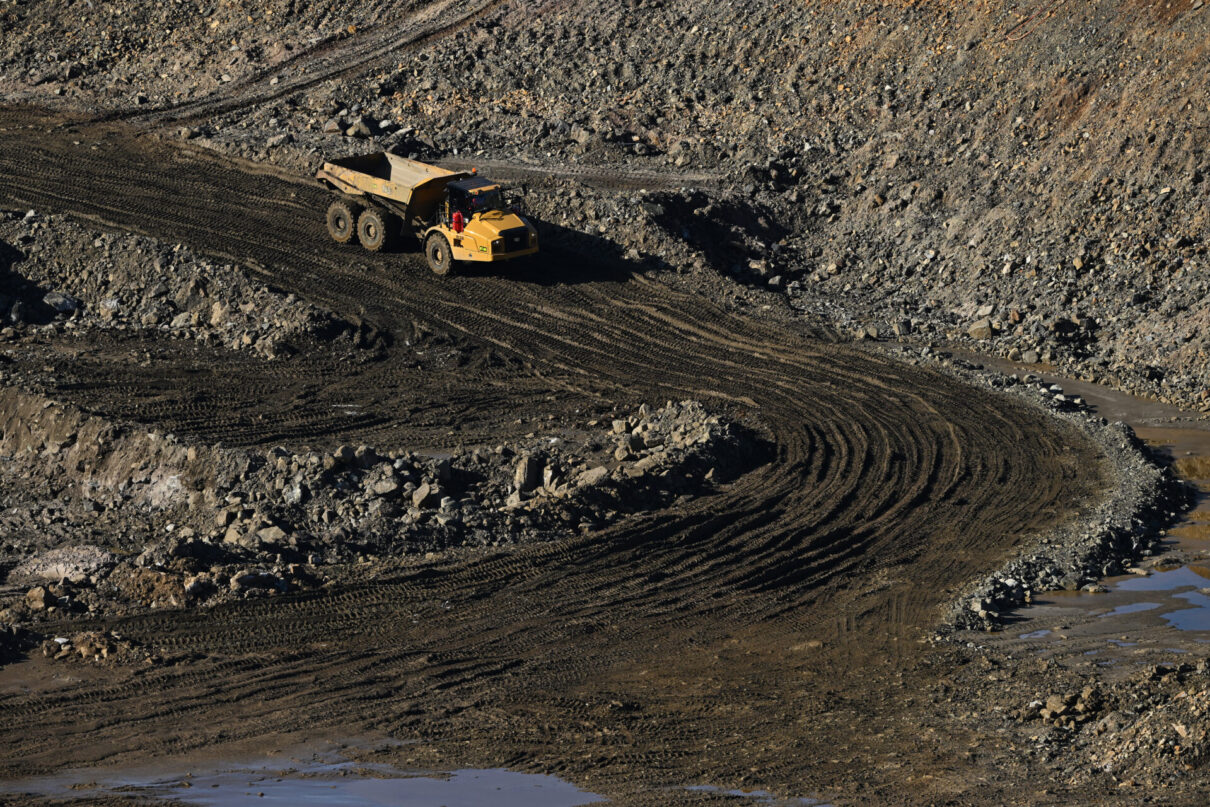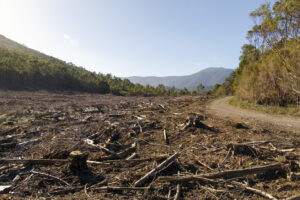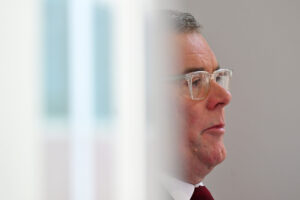It’s like an episode of Utopia or Yes Minister – just a week out from the government’s Global Nature Positive Summit, Environment Minister Tanya Plibersek approved three whopping coal mine extensions in NSW.
You don’t have to be David Attenborough to know that coal mines are “nature positive” in the same way as asbestos is lung positive. The timing of the approvals was egregious, but as an example of governments’ fundamentally dishonest approach to halting and reversing biodiversity and habitat loss, it was entirely on brand.
What does nature positive even mean? Well, it actually means that governments have committed to halt and reverse nature loss by 2030. Only if governments said that plainly, it might encourage expectations to stop things that destroy nature, like new coal mines and native forest logging.
But nature positive is a nice euphemism that allows environment departments to talk about restoring nature in their PR pamphlets, while the resources departments keep up a pipeline of projects that are destroying nature in real life.
Nature is in decline. Logging, land-clearing, invasive species and climate change are devastating threatened species and the habitats they live in. In Australia alone, the Black Summer bushfires killed or displaced nearly three billion animals – mammals, reptiles, birds and frogs – almost triple the original estimate, according to scientists commissioned by the World Wide Fund for Nature.
There is a link between Australia’s coal mines and more frequent and intense bushfires like those we saw in the Black Summer of 2019-20. There is a link between Australia’s massive LNG exports and the supercharged intensity of Hurricanes Milton and Helene. Burning fossil fuels emits greenhouse gases, which trap heat in the atmosphere. Higher temperatures mean more powerful storms.
The Atlantic Ocean and Gulf of Mexico reached record-breaking temperatures in 2023, according to the US National Oceanic and Atmospheric Administration (Trump plans to gut its funding). Hurricane Milton was thankfully downgraded to a category 3 as it hit landfall, but it created tornadoes across Florida and it came just weeks after category 4 Hurricane Helene.
At one point, it looked to be so deadly that one veteran meteorologist even choked up on air reporting its strength and intensity, anticipating the damage to come. When meteorologists start crying on air you know things are bad, but when you consider they received death threats for trying to warn people about the destructive force of the weather, it’s desperately sad.
So, given that Australia has signed an international agreement to be nature positive – to halt and reverse biodiversity loss – what would that look like on our shores?
The first part is obvious – halt biodiversity loss i.e. stop actively approving and subsidising harm.
Every new coal mine Tanya Plibersek approves is nature negative. Yet, as minister, she has already approved seven new coal mines or expansions and 1.5 million additional tonnes of emissions. The government has approved drilling of more than 200 new gas wells. These projects don’t just have a climate impact, they directly impact on habitat and ecosystems when land is cleared and disturbed. They impact air quality. They impact water quality. They impact on threatened species. They impact human health.
Labor governments know how to stop harm. It was ultimately Labor governments that stopped the Franklin River from being dammed, that prevented mining exploitation in Antarctica and that stopped logging in the Daintree rainforest.
Yet there has been no suggestion that our government will prevent fracking in the Kimberley, or simply stop native forest logging. Even the Environment Minister’s headline announcement at the summit – a 300,000-square-kilometre expansion of a sub-Antarctic marine park – is largely meaningless when Australia’s fossil fuel expansion will continue to drive the ocean warming and acidification ravaging marine ecosystems.
Until federal, state and territory governments stop adding to the problem, Australia can’t even claim to be nature neutral, let alone nature positive.
To reverse biodiversity loss requires active investment. It requires spending money. Australia arbitrarily spends over 2 per cent of GDP on defence. Yet it is not submarines or weapons keeping us alive. It is clean air, clean water and thriving ecosystems.
If Australian governments diverted the $14 billion dollars in annual fossil fuel subsidies and tax breaks to the restoration of the environment, an enormous amount of progress could be made in a short space of time.
Direct spending to farmers and community groups, traditional owners and First Nations communities is a far more efficient way of allocating money than complicated market mechanisms with high transaction costs where the beneficiaries are not koalas or greater gliders, but all the brokers and intermediaries.
Participants at the three-day summit discussed blue finance and unlocking the future of biodiversity markets, as though the critically endangered northern hairy-nosed wombat is a tradable commodity like iron ore. It’s absurd. The inconvenient truth is no amount of innovative finance models for nature absolves governments from the responsibility to stop harm from happening in the first place.
And, yes, the private sector has a role to play here, too. But the simple fact is that if the government wants industry to value nature and pay for environmental repair they have to provide direct incentives or regulate to that effect. It doesn’t matter how many summits you hold, how many media releases you put out or voluntary schemes you launch – the hard truth is that the private sector doesn’t spend money unless it has to.
In 2022, Tanya Plibersek promised that she would “not shy away from difficult problems or accept environmental decline and extinction as inevitable”. These are big problems, but they are not difficult ones. If Australian governments put as much time and effort into actually fixing biodiversity loss as they do finding excuses not to, we might even be nature positive before 2030.
Until the federal government stops approving nature-destroying projects, its nature positive initiatives are little more than a fig leaf for inaction.
Between the Lines Newsletter
The biggest stories and the best analysis from the team at the Australia Institute, delivered to your inbox every fortnight.
You might also like
Defending nature with Bob Brown
Protecting Australia’s incredible natural environment from bad policy, spurred on corporate interests and a hostile media, can sometimes feel like an impossible task. But sometimes, people power wins out.
Five priorities for the next parliament if we want a liveable Australia
Climate and nature crises won’t pause while politics plays out.
This shocking deal is a gross betrayal of millions of voters
I’ve been lucky enough to complete a few multi-day hikes overseas in the past few years. Every morning, I woke up in my tent with the feeling that something wasn’t quite right and then I realised why – it was practically silent. There’s no cackle of kookaburras at dawn, no warble of magpies, or comforting screeches



